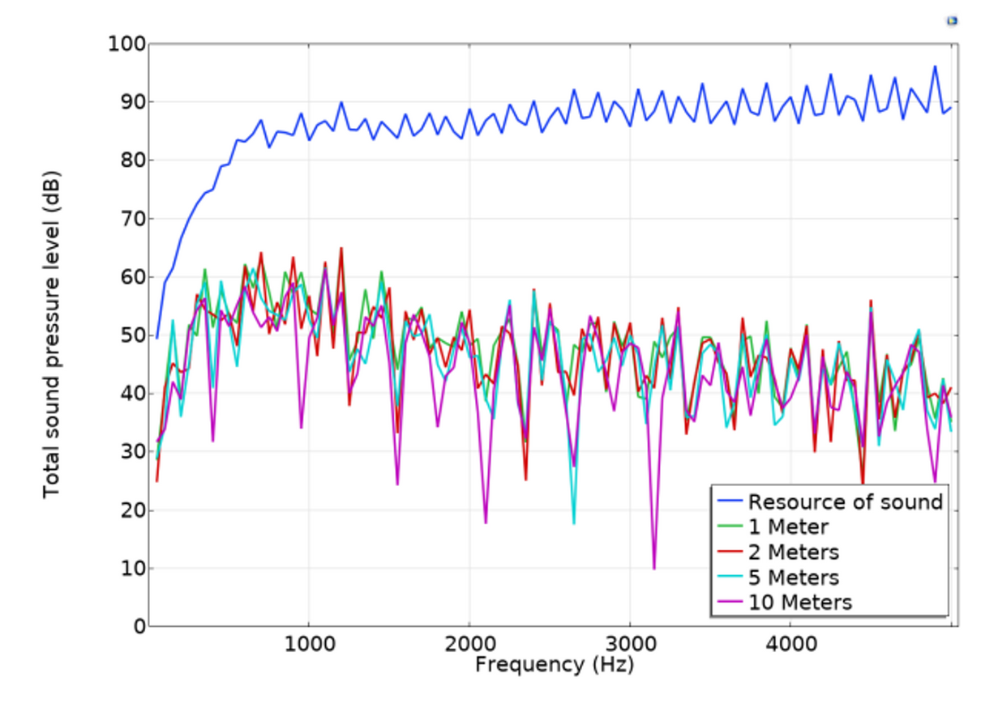Soundproofing materials are typically measured based on their effectiveness in reducing sound transmission. The measurement commonly used is Sound Transmission Class (STC) for airborne sound and Impact Insulation Class (IIC) for impact or structure-borne sound.
- Sound Transmission Class (STC): STC is a rating system that measures how well a material or structure can block airborne sound. It’s based on a standard set of measurements that determine the sound reduction across a range of frequencies. A higher STC rating indicates better soundproofing performance. For example, a material with an STC rating of 40 would provide more sound reduction than one with an STC rating of 20.
- Impact Insulation Class (IIC): IIC measures a material’s ability to reduce impact noise, such as footsteps or furniture moving, from traveling through a floor to the room below. Similar to STC, a higher IIC rating signifies better soundproofing performance.
These ratings give consumers a standardized way to compare different soundproofing materials and choose the one that best suits their needs. Keep in mind that while these ratings provide a general guideline, other factors such as installation method and the overall construction of a space can also influence the effectiveness of soundproofing.
Different methods can be used to lower the sound-level:
- Absorption: This is like using a sponge to soak up water, but instead, it’s soaking up sound. Materials like foam or thick curtains grab onto the noise and don’t let go.
- Damping: Imagine you’re trying to quiet a noisy pot. You might put a lid on it to keep the sound from escaping. Damping materials do something similar; they make it harder for the sound to keep bouncing around.
- Decoupling: This one’s like having a buffer zone. By creating a space or gap, you’re making it tougher for the sound to jump from one side of the wall to the other.
- Mass: It’s all about being heavy and dense. The thicker and heavier the wall, the harder it is for sound to push through.
Depending on the source of the noise and the environment, one or more methods can be used to reduce the noise level.
